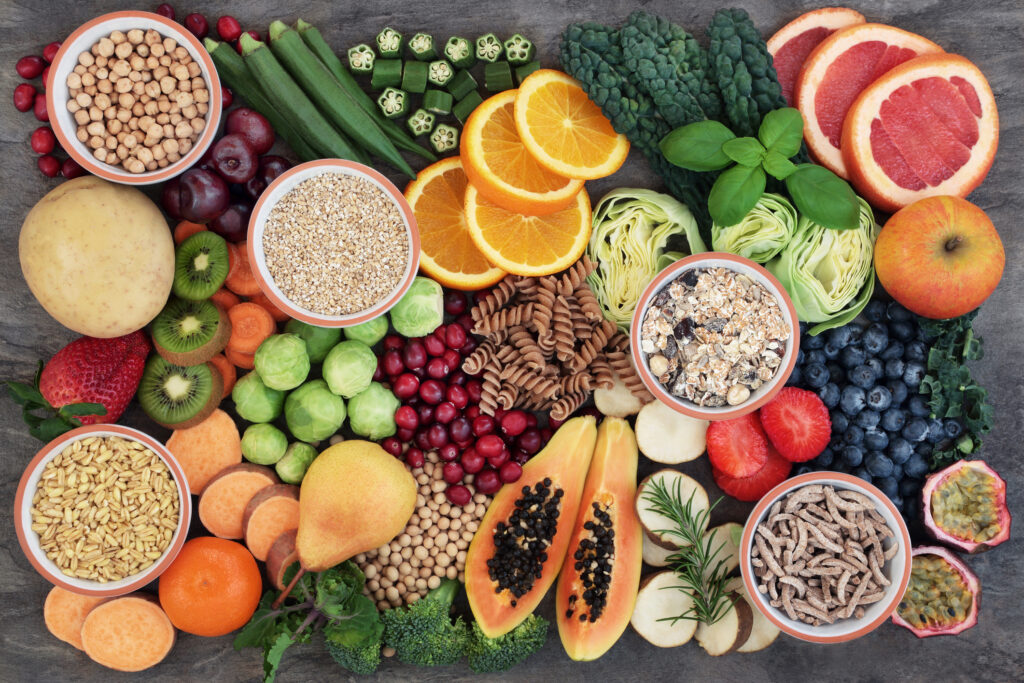Natural Colors, Flavors can Create Excitement Around New and Current Product Lines
The word “trend” really doesn’t apply anymore to consumers’ desire to lead a healthier, more active lifestyle. Those behaviors have been baked into the market, which means food and beverage producers must normalize clean-label and ingredient transparency practices.
Most manufacturers are doing so. They also are tracking trends, working to make sure that their products don’t just meet ingredient-oriented demand, they also generate buzz by offering up bold, new flavors and colors. This is creating a wealth of opportunities, says Kevin Barasa, global extracts product manager at Sensient Flavors & Extracts, who recently sat down with Food & Beverage Insider magazine to talk about how natural flavors and colors are meeting the moment in terms of consumer demand.
“Natural colors and flavors have been gaining favor with consumers for a long time,” Barasa said. “According to a study by Mintel, over the past five years alone there has been a 20% increase in product launches with products with a natural claim. One of the key reasons we found for the increase in buying products containing naturals is ingredient transparency.”
Sensient’s researchers dug into that trend. They discovered that natural colors and flavors was the second-most selected attribute behind an easy-to-understand ingredient list.
“Naturals are a shortcut for consumers when selecting products to see which items will help them achieve their health and wellness goals,” Barasa said. “It is because of this that the American Heart Association lists one great way to eat healthily is to consume colorful food.”
With that in mind, it’s instructive to see how those purchasing behaviors could be further directed. One idea? Take innovative colors and flavors and build products that appeal to two specific markets:
- Hyperlocal: A desire to be as close as possible to where your food comes from. Barasa said: “This is partially due to supply chain challenges of the past few years, but also building a connection with the people who cultivate the food. Products that have provenance, such as hops extracts from the Pacific Northwest or chili extracts from New Mexico, help connect consumers to the location where the food originates.”
- Taste Bud Travel: This is a response to consumers not traveling for myriad reasons. “When creating a product that conjures travel memories, it is critical to get the taste, color balance just right.” Barasa said. “Sensient has worked with brands to incorporate colors and extracts to help transport a consumer to South Africa with Rooibos tea and natural red color, or to India for Biryani using cassia, clove and mint extracts and turmeric color.”
Both trends deliver on consumer demand for transparency. A Mintel survey found that 35% of U.S. consumers want more transparency in food ingredients. Selecting natural colors and extracts gives consumers the transparency they want since they can visualize the botanicals that were used to make the colors and extracts.
Innovation isn’t usually easy, and creating entirely new products—or integrating new flavors and colors—poses many challenges. For one, application stability can be more fragile, leading to staining or poor taste delivery in some items. The solution? Work with a supplier you can trust. At Sensient, we have control of the botanicals that are used to make natural colors and extracts, and we are positioned to deliver ingredients that meet consumers’ needs around transparency and sustainability. Let’s see what we can create together.
